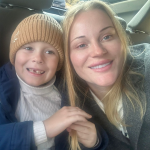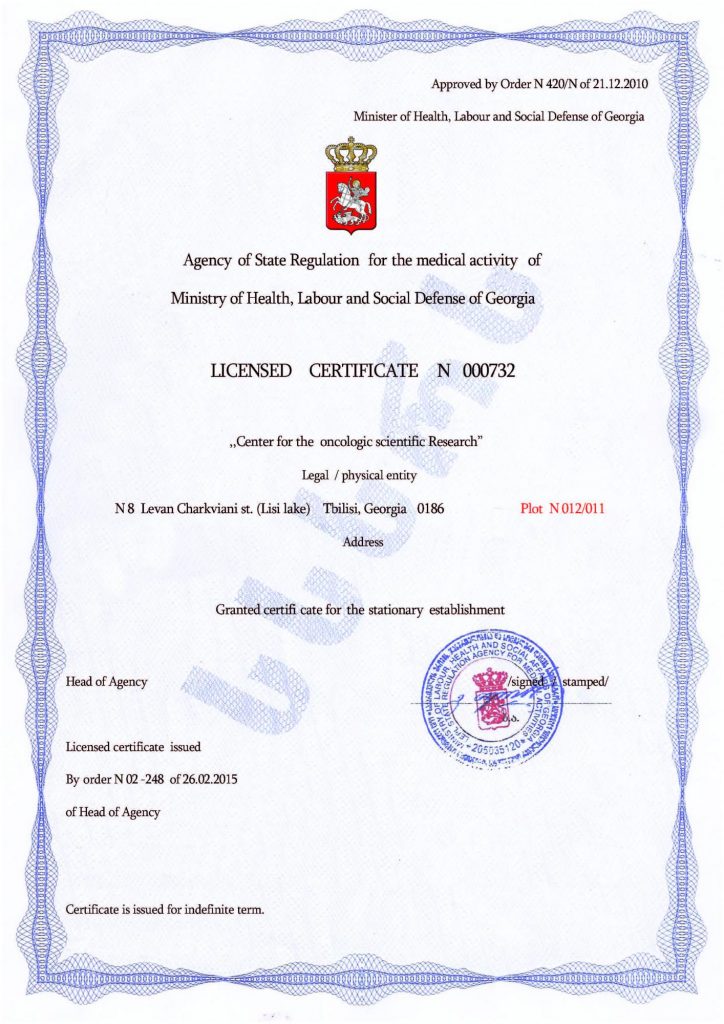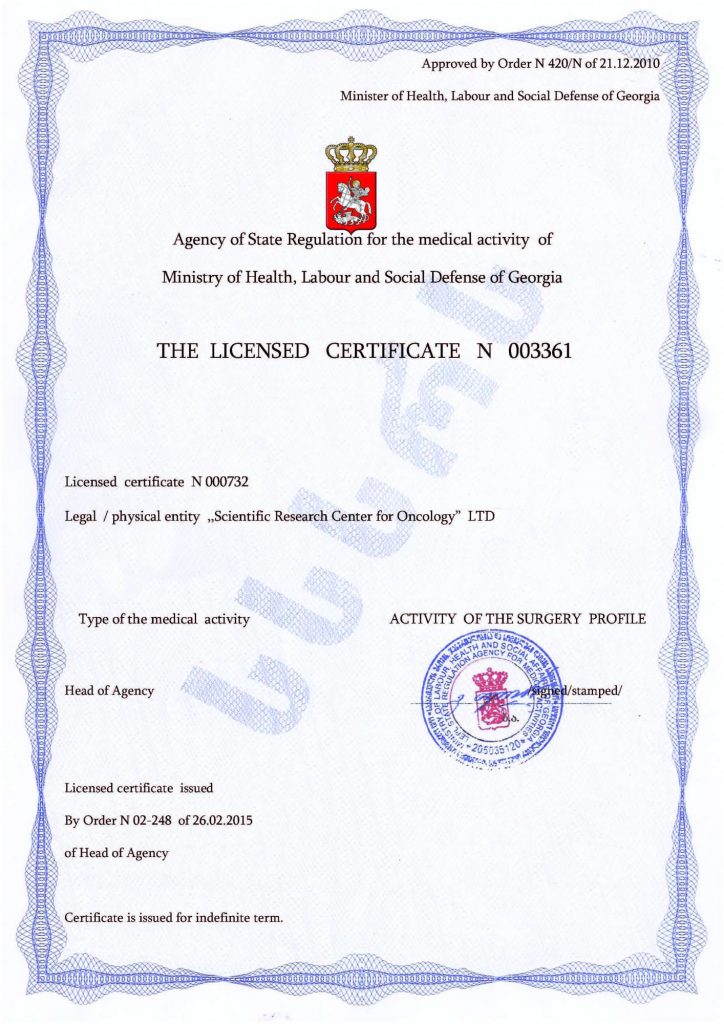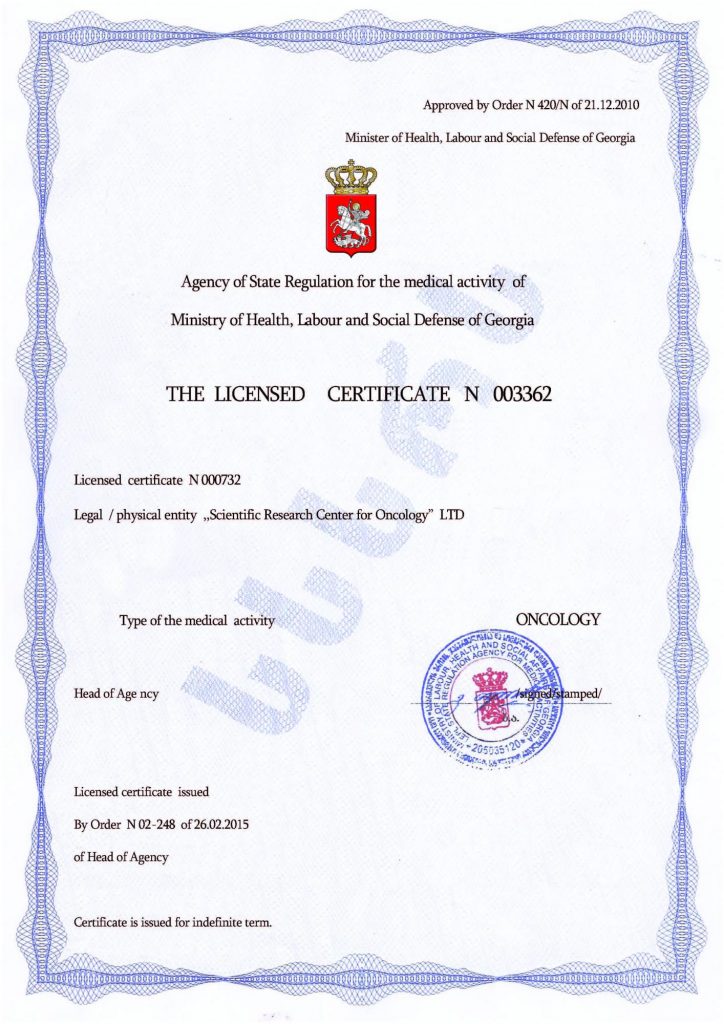Why Are Children with Autism Fascinated by the Circus?
Structured and Predictable Environment
Circus performances and training sessions follow a clear sequence: acts come one after another according to a set script, and even lessons are divided into stages (warm-up, relaxation, spatial work, and preparation). For autistic individuals, such predictable structure and rituals help reduce anxiety.
Sensory Stimulation and Motor Development
Circus disciplines such as juggling, acrobatics, and tightrope walking offer deep proprioceptive input—awareness of the body in space. These activities improve coordination, balance, and motor skills, which is particularly beneficial for those with sensory processing difficulties. Movement-based exercises promote sensory integration—for example, balancing on boards or balls helps “tune” the vestibular system.
Nonverbal Communication and Play-Based Interaction
Circus acts and their preparation are essentially a form of play, where interaction occurs through actions rather than words. Children learn to express emotions through movement, facial expressions, and gestures, which reduces stress caused by verbal communication. The playful nature of circus training helps create a relaxed environment, especially when verbal interaction is not required.
Safe Social Interaction
Social safety is also important. Many circus studios encourage teamwork but avoid rigid communication rules. Children often interact through joint tricks or dance improvisation, fostering empathy and trust. Older participants help younger ones, creating a supportive atmosphere.
Controlled Sensory Environment
For autistic individuals, controlled sensory input in the circus is essential. While the circus uses bright costumes, loud music, and strong lighting, these stimuli are measured and predictable—unlike the chaotic sensory overload of city environments. For children with low sensitivity, these stimuli are energizing, while those with hypersensitivity can gradually adapt under the guidance of instructors.
Emotional Self-Regulation and Anxiety Reduction
Circus activities help regulate emotions and reduce anxiety through rhythmic movements such as swinging on trapezes or spinning hoops. These repetitive motions help decrease self-aggression and fear by focusing the child’s attention on physical sensations rather than anxious thoughts.
Boosting Self-Esteem and Motivation
Achieving creative success and being able to express one’s talents is vital for boosting self-esteem and motivation. Autistic children often see mastering a specific circus skill as a personal victory. Maintaining this sense of accomplishment is important for children who frequently face challenges in social settings.
Circus as a Therapeutic Bridge
The circus serves as a “therapeutic bridge” between the internal world of an autistic individual and external reality. It combines structure, creativity, and physical activity in a way that aligns with their needs. Sometimes, all that’s required is to accept these children as they are—with their unique traits, strengths, and limitations—and give them a chance to shine. However, such an approach alone cannot eliminate autism or its symptoms.
The Role of Cell Therapy in Autism Treatment
The greatest chances of success in a short period may be achieved through innovative cell therapy, which is based on the body’s own regenerative potential. This makes it one of the most natural and effective treatment approaches compared to traditional methods. It is also highly safe, as the procedure uses modern high-tech equipment that ensures precise operations with minimal risk of tissue damage. Additionally, the use of the patient’s own stem cells avoids immune reactions and rejection.
This method is grounded in the ability of stem cells to transform into any other type of cell. After transplantation, they replace damaged cells and begin to function like their healthy counterparts, restoring proper operation as intended by nature. As a result, brain and nervous system activity begins to normalize shortly after the procedure, leading to behavioral stabilization and faster overall development and skill acquisition. The symptoms of autism decrease in intensity and, in some cases, may completely disappear.
Cell therapy has only recently started being widely practiced, but it is no longer considered experimental. It has gained broad recognition and may soon become a primary method of treating autism and its manifestations. Notably, leading clinics around the world—including the Mardaleishvili Medical Center—now use this therapy.
The highly qualified doctors at this center have extensive experience in stem cell transplantation, conduct scientific research, and have access to the latest-generation equipment that enables the best therapeutic results. The treatment offered here meets global standards but is more affordable than in many other countries. Additional benefits include convenient location and full support throughout every step—from planning the trip to arranging accommodation during the brief rehabilitation period.
Fill out the contact form and start your journey toward a fuller life!
Autism Treatment Center Videos
Autism treatment with own stem cells
Cord blood association congress
International Quality Crown
Autism Treatment Reviews
Autism treatment with own stem cells
The story of Alessandro (6 years old)
Autism Patient Testimonial - Stem Cell Treatment
Clients Testimonials

Review by Anastasia, mother of Yusup (8 years old) Read More
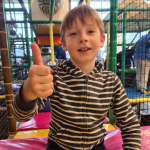
Feedback from Nathalie, mother of Andre (9 years old) Read More

Feedback from Yulia, mother of Emily (7 years old) Read More
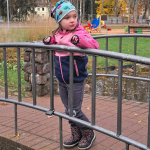
Feedback by Everita, Katrina’s mother (5 years old) Read More
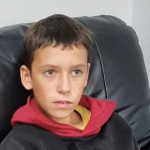
Feedback from Igor, David’s father (12 years old) Read More
